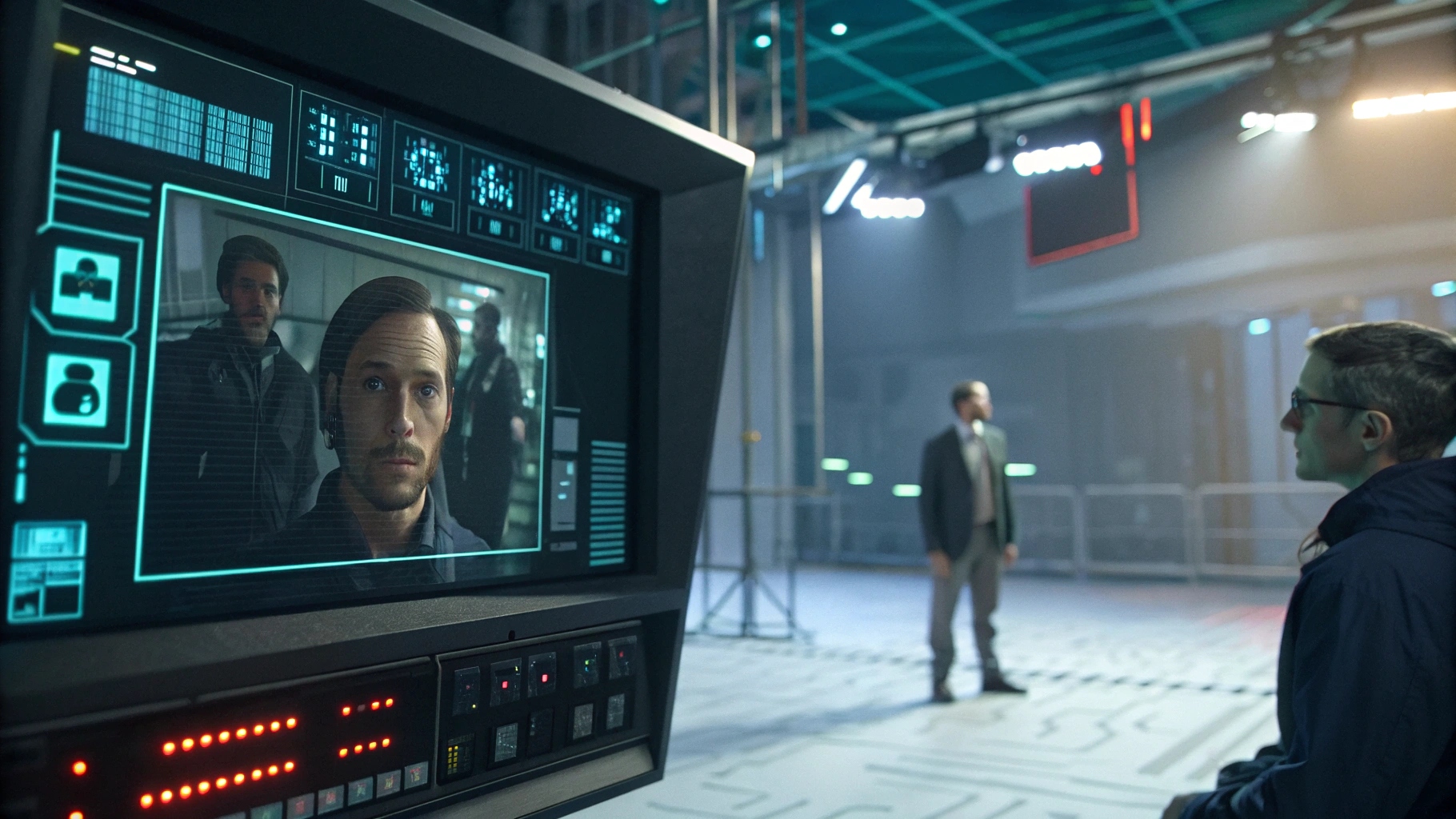Art concealment is about hiding or protecting certain details in creative or visual content. In today’s digital world, privacy has become more important than ever. Techidemics, a modern concept combining technology and academics, plays a big role in shaping how we handle sensitive information in media.
Understanding Redacting in Videos
Video redaction means removing or hiding sensitive parts of a video. This can be done by blurring, covering, or muting certain areas. Redaction is crucial today because videos often capture private information like faces, addresses, or documents that should not be exposed publicly.
Art and Concealment in Media
Concealment in art and media is not only about hiding information but also about doing it in a creative way. Sometimes filmmakers, journalists, or digital creators use concealment to protect privacy while still telling a story. The balance between protecting privacy and keeping the artistic value is very important.
The Role of Techidemics
Techidemics connects technology and knowledge to improve media safety. In the case of art concealment, it provides new tools and methods to hide or edit sensitive details. Techidemics helps in developing advanced techniques like AI-based editing that make redaction faster, more accurate, and widely usable.
Why Redacting Video is Crucial
Video redaction is crucial for many reasons. First, it protects the identities of people, especially in legal or news videos. Second, it prevents misuse of sensitive data that could harm individuals or organizations. Without proper redaction, videos can easily spread private details online.
Techniques of Video Redaction
There are several techniques used in video redaction. Blurring and pixelation are the most common for hiding faces or objects. Audio muting is used to remove private conversations, while subtitle editing can block sensitive text. Today, AI-based tools can automatically detect and redact private information much faster.
Challenges in Art Concealment and Redaction
Even though redaction is useful, it has some challenges. Over-redaction can remove too much information, making the video less useful. Sometimes, concealment affects authenticity and raises doubts about credibility. There are also ethical concerns, such as whether too much concealment hides the truth from the public.
Applications of Video Redaction
Video redaction has many real-world uses. In law enforcement, it protects victims and witnesses. In journalism and documentaries, it helps show stories while respecting privacy. In companies and schools, redaction is used to protect confidential information during training videos, meetings, or lectures.
Future of Art Concealment and Techidemics
The future of art concealment will be shaped by AI and machine learning. These tools will make video redaction smarter and faster. The challenge will be to keep a balance between privacy and transparency, making sure that important truths are not hidden while protecting people’s safety.
Conclusion
Art concealment and video redaction are not just technical tasks; they are essential for fairness, privacy, and ethics in the digital age. With the help of techidemics, new methods will continue to grow, making redaction more effective and responsible. The key is to use these tools wisely for the benefit of all.
FAQs
What is art concealment in media?
It means hiding or protecting sensitive details in creative or visual content without losing artistic value.
Why is video redaction important?
It is important because it protects privacy, keeps data safe, and prevents misuse of sensitive information.
How does techidemics help in concealment?
Techidemics provides modern tools, knowledge, and AI-based methods that make video redaction more accurate and efficient.
What are the best tools for video redaction?
Some of the best tools include AI-powered software that can blur faces, mute audio, and hide text automatically in videos.
